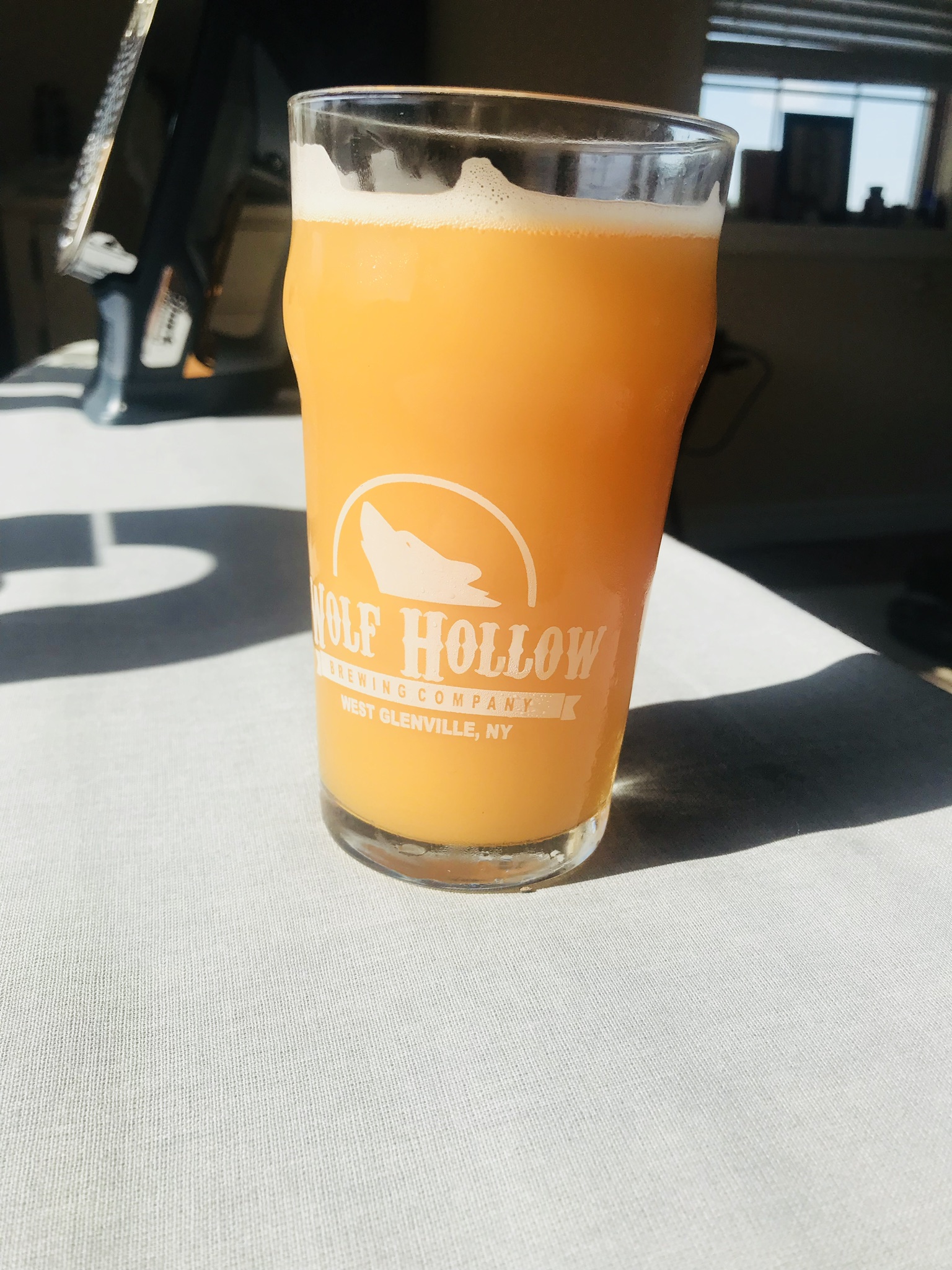Baldilocks_Brewing
Member
Great stuff previous post. I will add some too:
Treehouse DOES dryhop at biotransformation for all hazy beers but not in Bright series. It says so on the back of Bright can back label.
@Moose_MI you mentioned butterscotch in the beer .... diacetyl. You need to do a diacetyl rest, pump up the temp to 72ish for a few days after FG reached. Depending on yeast used this may or may not be a big deal. Cloudwater Brew in UK goes to EXTENSIVE lengths to avoid the diacteyl precusors (VDK). I belive the high dryhopping rates make this worse, hence the grain to glass of 20+ days of big boys mentioned above. (Surprisingly this isn't discussed much on HBT...) Protip - women and children have SIGNIFICANTLY better senses of smell than men. Let one of them do a diacteyl (butterscotch) sniff before kegging. Even though you may not smell it, you will still be able to taste it if it is there. They can spot it From smell and help you avoid a crappy beer.
You don't NEED adjuncts for haze (polyphenol & protein), there is plenty of protein in barley to accomplish this - see Treehouse Julius (well established that this has zero adjuncts). Having said that do NOT focus on haze as a goal - it should only be viewed as a byproduct of the process. Oats/wheat makes haze more pronounced, but more importantly impact MOUTHFEEL - this is what "keeps Shaun Hill up at night" according to an interview he did a while back. (CO2 levels probably more important)
I disagree with the comment that yeast do not make a difference. IMHO they absolutely CAN make a difference when "clean" vs high esters. Brew split batches and try different yeasts - I HATE 1318 in NEIPA and can identify it on smell alone - I learned this by training my nose thanks to help of wife & teen son (see pro tip above). In my experience the esters 1318 overpower the aroma of the hops and all beers smell similar regardless of hops.
Monkish does not do biotrans hops because it "muddles" the hop taste / aroma (see podcast). I agree somewhat but I still do one because Treehouse does, but I also add a second dryhop AFTER cold crashing - just like Monkish does. This way I get best of both worlds.
IMHO - Scott Janish is the best source of info for homebrewers (science research plus HB equipment scale). Supplement his info with your own experiments, probrewer insights, HBT, Other bloggers, articles / books to ultimately develop your OWN PROCESS FOR YOUR EQUIPMENT /YEAST - (this should be your goal not haze) and while doing it, RDWHAHB... Cheers!
Treehouse DOES dryhop at biotransformation for all hazy beers but not in Bright series. It says so on the back of Bright can back label.
@Moose_MI you mentioned butterscotch in the beer .... diacetyl. You need to do a diacetyl rest, pump up the temp to 72ish for a few days after FG reached. Depending on yeast used this may or may not be a big deal. Cloudwater Brew in UK goes to EXTENSIVE lengths to avoid the diacteyl precusors (VDK). I belive the high dryhopping rates make this worse, hence the grain to glass of 20+ days of big boys mentioned above. (Surprisingly this isn't discussed much on HBT...) Protip - women and children have SIGNIFICANTLY better senses of smell than men. Let one of them do a diacteyl (butterscotch) sniff before kegging. Even though you may not smell it, you will still be able to taste it if it is there. They can spot it From smell and help you avoid a crappy beer.
You don't NEED adjuncts for haze (polyphenol & protein), there is plenty of protein in barley to accomplish this - see Treehouse Julius (well established that this has zero adjuncts). Having said that do NOT focus on haze as a goal - it should only be viewed as a byproduct of the process. Oats/wheat makes haze more pronounced, but more importantly impact MOUTHFEEL - this is what "keeps Shaun Hill up at night" according to an interview he did a while back. (CO2 levels probably more important)
I disagree with the comment that yeast do not make a difference. IMHO they absolutely CAN make a difference when "clean" vs high esters. Brew split batches and try different yeasts - I HATE 1318 in NEIPA and can identify it on smell alone - I learned this by training my nose thanks to help of wife & teen son (see pro tip above). In my experience the esters 1318 overpower the aroma of the hops and all beers smell similar regardless of hops.
Monkish does not do biotrans hops because it "muddles" the hop taste / aroma (see podcast). I agree somewhat but I still do one because Treehouse does, but I also add a second dryhop AFTER cold crashing - just like Monkish does. This way I get best of both worlds.
IMHO - Scott Janish is the best source of info for homebrewers (science research plus HB equipment scale). Supplement his info with your own experiments, probrewer insights, HBT, Other bloggers, articles / books to ultimately develop your OWN PROCESS FOR YOUR EQUIPMENT /YEAST - (this should be your goal not haze) and while doing it, RDWHAHB... Cheers!







































![Craft A Brew - Safale BE-256 Yeast - Fermentis - Belgian Ale Dry Yeast - For Belgian & Strong Ales - Ingredients for Home Brewing - Beer Making Supplies - [3 Pack]](https://m.media-amazon.com/images/I/51bcKEwQmWL._SL500_.jpg)



















